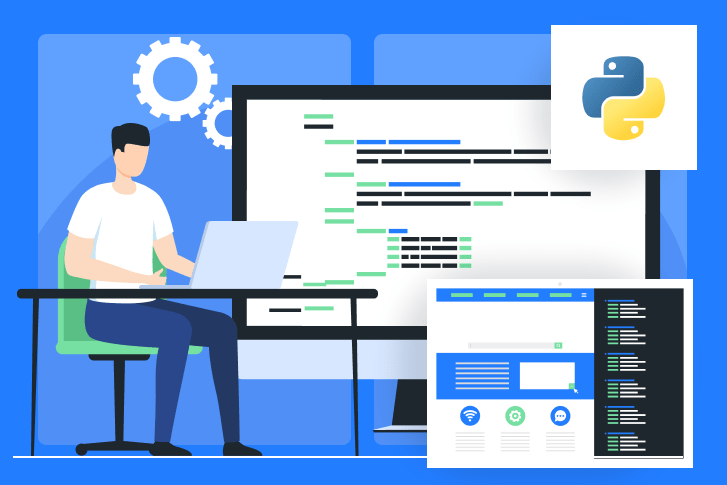What Makes Python the Top Choice for Scientific Computing?
 Saschaya Pranev
Saschaya Pranev
In the realm of scientific computing, Python has emerged as the undisputed champion. Its widespread adoption among researchers, scientists, and engineers is not a coincidence but a result of its unique qualities and versatile capabilities. Whether you're a Python development company, understanding the reasons behind Python's dominance in scientific computing is essential. In this article, we delve into what makes Python the top choice for scientific computing, shedding light on its key attributes and the benefits it offers to both developers and scientists.
Readability and Simplicity:
Python's elegant and easy-to-read syntax is one of its standout features. The code resembles plain English, making it accessible to scientists and researchers with varying programming backgrounds. This simplicity accelerates the development process, allowing scientists to focus on solving complex problems rather than grappling with convoluted code.
Extensive Libraries and Frameworks:
Python boasts a rich ecosystem of libraries and frameworks tailored for scientific computing. NumPy, SciPy, Matplotlib, and pandas are just a few examples of powerful libraries that streamline data manipulation, scientific calculations, and visualization. This extensive support simplifies tasks like data analysis, machine learning, and simulations.
Interoperability:
Python's versatility extends to its ability to seamlessly integrate with other programming languages like C, C++, and Fortran. This feature is crucial in scientific computing, as many legacy scientific libraries are written in these languages. Python's ease of use as a glue language enables scientists to harness the capabilities of these libraries without a steep learning curve.
Community and Documentation:
Python's vibrant and welcoming community plays a pivotal role in its success. Countless online resources, forums, and tutorials are available, making it easy for scientists and developers to find solutions to their queries and challenges. This robust support network ensures that Python remains accessible and adaptable.
Cross-Platform Compatibility:
Python is cross-platform, meaning code written on one operating system can run on another without modification. This is particularly valuable in scientific computing, where researchers often collaborate across different environments. Python's compatibility fosters seamless collaboration and code sharing.
Machine Learning and AI Integration:
Python's popularity in machine learning and artificial intelligence (AI) further enhances its appeal in scientific computing. Libraries like TensorFlow, PyTorch, and scikit-learn enable scientists to apply cutting-edge techniques to their research, from image analysis to natural language processing.
Open-Source Philosophy:
Python is open-source, which means it is free to use and continually improved by a global community of developers. This open philosophy aligns with the scientific community's values of openness and collaboration, making Python an ideal choice for researchers seeking transparency and reproducibility in their work.
Scalability:
Python's scalability allows scientists to start with small-scale experiments and easily transition to larger-scale computations when needed. This flexibility is invaluable when dealing with complex scientific simulations or data-intensive research projects.
Visualization Capabilities:
Visualization is a crucial aspect of scientific computing, aiding in the interpretation and communication of results. Python's libraries, such as Matplotlib and seaborn, provide powerful tools for creating insightful and publication-ready graphs and plots.
Conclusion
Python's remarkable success in scientific computing is a testament to its user-friendly nature, robust library ecosystem, and adaptability. Whether you are a Python web development company, embracing Python in the scientific domain offers a myriad of advantages. Its simplicity, interoperability, and extensive community support make it the top choice for scientists and researchers seeking to unlock the full potential of their data and algorithms. As scientific computing continues to evolve, Python remains at the forefront, empowering scientists to push the boundaries of knowledge and discovery.
Subscribe to my newsletter
Read articles from Saschaya Pranev directly inside your inbox. Subscribe to the newsletter, and don't miss out.
Written by

Saschaya Pranev
Saschaya Pranev
Expert Python development company specializing in scalable web and software solutions. Innovative, agile, and dedicated to delivering excellence.